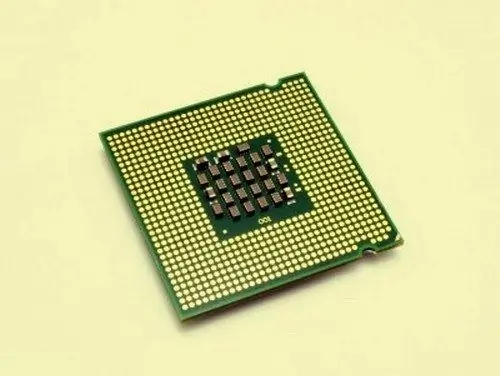When a program is launched, it begins to use a certain resource of the central processor for its work. The more programs running at the same time, the stronger the processor load. If you notice that your computer has become slower, then you need to look at the percentage of the processor loaded. It is possible that some program is running in the background that uses a lot of its resources.

Necessary
- - Computer with Windows OS;
- - TuneUp Utilities program.
Instructions
Step 1
The easiest way to find out the percentage of the processor is loaded as follows. Press Ctrl + Shift + Esc on the keyboard. Immediately after pressing these keys, the task manager will start. Alternatively, use the Ctrl + Alt + Del keyboard shortcut, and a window will appear. In this window select "Task Manager. After starting the Task Manager, go to the "Performance" tab. In the upper left corner of the window there will be a section called "CPU Usage". There, information about the current load of your processor will be displayed.
Step 2
If you want to know more about the processor load, then you need to use additional programs. Search the Internet for TuneUp Utilities. If you do not want to pay for a license, then download a trial version with a limited period of use. Install the program on your computer.
Step 3
Start it up. When TuneUp Utilities is launched for the first time, it automatically scans the system. Wait for it to complete. After that, a dialog box will appear asking you to optimize the system and fix errors. Agree to this operation. After completing it, you will find yourself in the main menu. Go to the "Fix problems" section and select the "Display running processes" option.
Step 4
At the bottom of the window, information about the total processor load will be displayed. The window will also display a complete list of running processes. Next to each of them will be written how much CPU resources it is using. In this way, you can see which processes are using your CPU the most.
Step 5
If the load on the processor is more than 10% in idle mode, then this means that some program is running in the background, which is using its resources. You can find this program in the list, and if it is not very much in demand, then simply remove it or remove it from startup, thereby removing unnecessary load on your processor.






